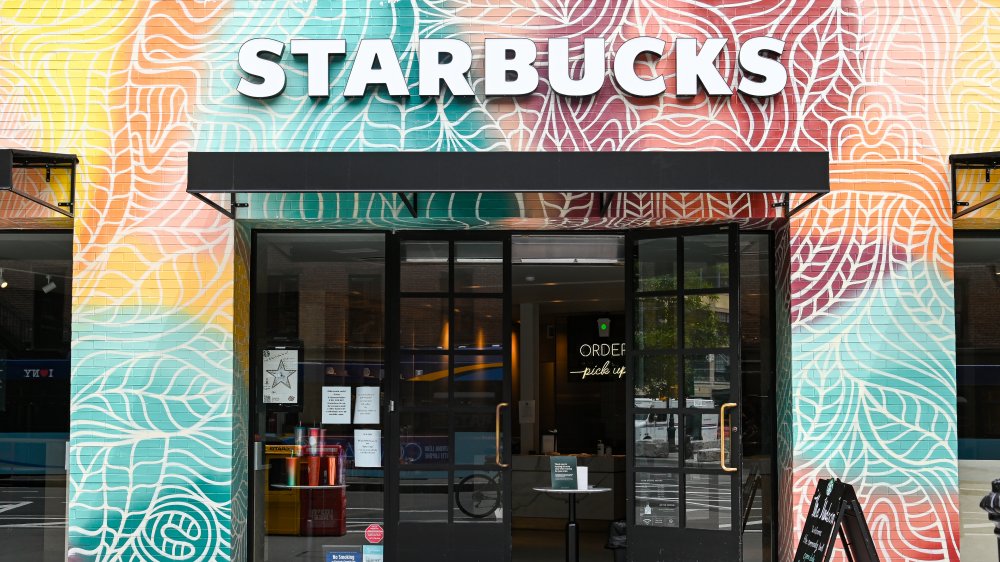The Truth About Starbucks' Blonde Roast
While Starbucks certainly has legions of fans, there are a good number of people who think that their coffee is overly roasted and tastes burned (via Cafe Mom). According to coffee experts, a lighter roast allows for the drinker to taste more of the essence of the bean, rather than the compounds created once the coffee has been roasted beyond recognition. Starbucks heard the complaints of these customers and decided to respond in 2011. That year, they introduced two new roasts: Veranda and Willow, which were to be included under the company's new category of blonde roasts (via AdAge).
Noting that 40 percent of the coffee drinking population in the country preferred a lighter roast, the product was meant to compete with brands such as Dunkin' Donuts and McDonald's, which, at the time, had been honing in on Starbucks' market share by getting into the espresso-based drink market.
The Veranda is still available but the Willow roast has since been discontinued. It took them 80 attempts to come up with the perfect roast which became their Veranda offering (via Starbucks). Since then, the Sunrise Blonde blend has also been introduced (via Starbucks).
Making a big change to the iconic Espresso blend
Seven years later, following up on the success of the introduction of the Veranda Roast, Starbucks introduced the Blonde Espresso Roast (via Bustle). This variety was introduced for drinkers who think that the original Espresso roast is too strong, but still want to be able to enjoy espresso-based drinks such as lattes and cappuccinos. Starbucks uses beans from Latin America and East Africa to create the blend and refers to the roast as "seriously smooth and subtly sweet." And while it may seem counterintuitive, blonde roasts, actually contains more caffeine than their darker counterparts (via Eat This, Not That!).
Unlike the introduction of a new blend like Veranda or Willow, the introduction of a new espresso roast is actually quite historic for the chain. It was the first time a new espresso roast was introduced by the Seattle-based company in over 40 years.

